How to get rid of gooseberry scab?
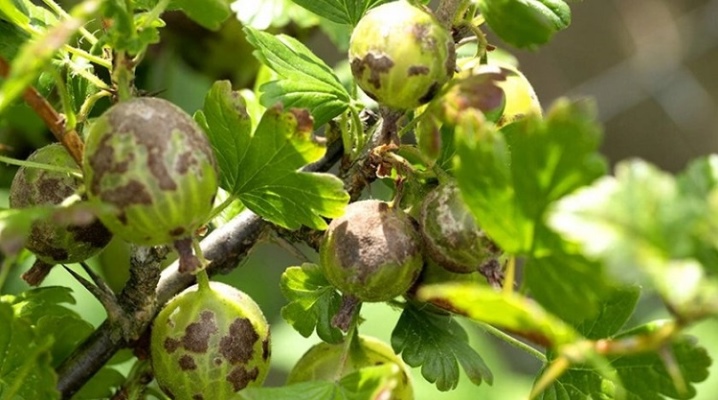
Scab is one of the most common diseases of fruiting shrubs, including gooseberries. Let's talk about how to identify this disease and in what ways you can fight it.
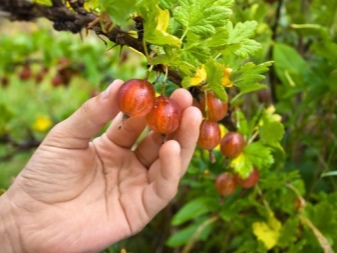
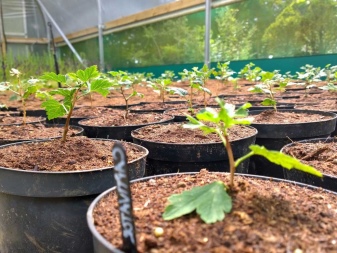
Description of the disease
Scab, or powdery mildew, is classified as a fungal and viral disease. She often attacks shrubs, their foliage and fruits. This disease does not bypass the gooseberry. The main symptom of the disease is a light gray bloom, which actively grows throughout the plant. The first signs can be seen already in the summer, when the infected bush begins to become covered with a light bloom, similar to a cobweb. The plant itself looks sick, its fruits and foliage fall off, the ovaries turn black, and the plaque gradually becomes denser. If you notice such signs on your bush, then you need to treat it immediately, since the disease progresses very quickly.
The plant can also become infected in the spring. However, at this time, the disease will be somewhat more difficult to identify. The plaque that appears is more like dirt, which can be removed with your hands. To identify the disease in the spring, it is necessary to carefully examine the shrub. Falling ovaries and deformation of young shoots indicate that the plant is sick. This ailment is dangerous for the plant. If you do not get rid of it in the early stages and start it, then later you run the risk of being left without a crop, since the fruits will not work for eating. They will be covered with a brown coating, and during filling they may begin to burst and crack because of this.
If you ignore the disease for 2-3 seasons, this will lead to the death of the shrub, and the disease itself will begin to affect healthy plants. We recommend that you take action as soon as possible so as not to lose the shrub.
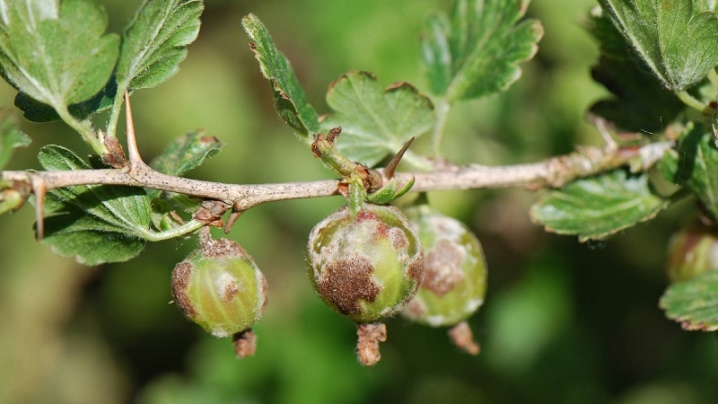
Reasons for the appearance
Most often, powdery mildew appears in those places that are characterized by a large amount of moisture. It should be noted that even in winter, fungal spores are able to survive in the ground when the temperature reaches sub-zero. Therefore, the plant has the ability to become infected from last year's remains of plants that were affected by the disease.
In addition, planting density, as well as weakened immunity and varietal characteristics, can be the reason. There are varieties that are very painful, which is why their prevention and care need to be given much more time than others. Such varieties include, for example, Five-Year Plan, African, Black and Date.
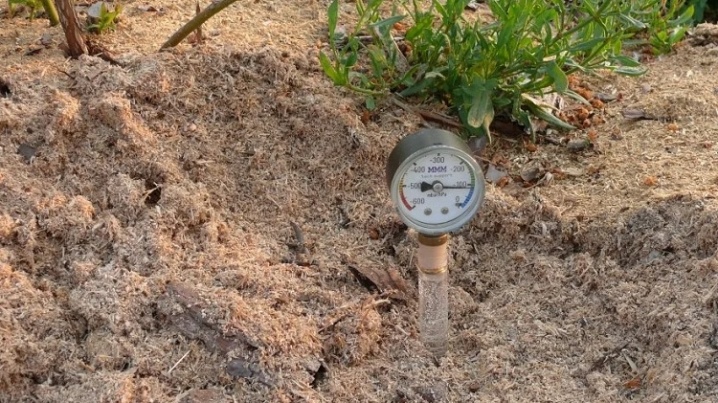
Ways to fight
Chemicals
This kind of drugs are considered the most effective in the fight against powdery mildew. It is easy to get rid of the disease with their help, but they have a number of specific features in terms of use; in addition, they can harm both yourself and the environment due to the fact that chemicals have a high level of toxicity. Treatment with such means is recommended to be carried out in the spring, when the first leaves are just beginning to appear.
If the disease is not at an advanced stage, and you discovered it for the first time, then spraying the plant with chemicals will be enough once. Otherwise, it will have to be processed several times with an interval of a week and a half - it is recommended to clarify this in the instructions of the product. In the fight against powdery mildew, such chemical agents as copper sulfate, Topaz and Bordeaux mixture have shown themselves to be the most effective.
Note that in dry weather, it is necessary to spray less often, if there is high humidity, then, on the contrary, more often.
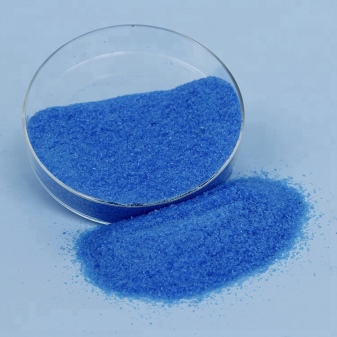
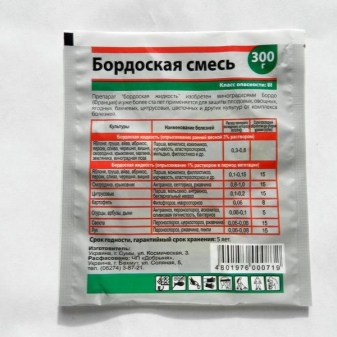
Traditional methods
Folk remedies are best used for preventive purposes or in the early stages of the development of the disease. You can prepare such solutions yourself at home using available tools. The big advantage of such solutions is that they are absolutely harmless to both humans and beneficial insects that pollinate shrubs.
- Mullein. To combat powdery mildew, a mullein-based solution is well suited. To prepare it, you need to dilute this component with water in a ratio of 1 to 3, and then leave it for a three-day tincture. Next, you can spray the plantings with the ready-made solution.
- Ash. Ash also effectively fights diseases such as scab. For this solution, you need 1 kilogram of ash and 10 liters of heated water. All this must be mixed and left for 7 days. After that, you can spray the plants at intervals of 2 days.
- Soda. Another effective remedy. For a solution based on it, you will need 50 grams of grated laundry soap, which must be diluted in 10 liters of water. Add 40 grams of baking soda to the mixture. The finished product is recommended for use before and after flowering.
- Manganese. Manganese sulfate is also effective against disease. Often it is used as a foliar feeding, which helps to prevent and strengthen the plant's immunity. By the way, if there is a lack of manganese in the ground, then this can serve as an impetus for the development and spread of powdery mildew. To process the plant, it is necessary to prepare a solution consisting of potassium permanganate and water, with a concentration of 1.5-2%.
It is necessary to process bushes with them at intervals of 3-4 weeks during the growing season.
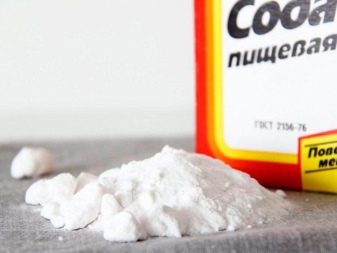
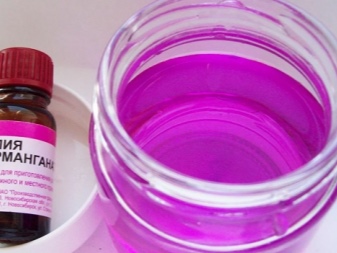
Prophylaxis
Preventive measures must be taken even during the period when you are just planting plants.
- Initially, we recommend paying attention to gooseberry varieties that are highly resistant to various kinds of pests and diseases. Otherwise, it is necessary to pay a little more attention to the shrubs and carefully monitor their condition.
- Plants should not be planted too close to each other. Firstly, this will improve the circulation of air masses between the bushes, and secondly, if one of the bushes is infected, the disease will not spread to healthy plants.
- It is necessary to give the shrub the required amount of moisture. Gooseberries need to be watered once at intervals of 2-3 days, depending on weather conditions.
- Do not forget to apply fertilizers to the soil, as it is they that help to strengthen the immunity and resistance of the plant to various pathogenic diseases. So, when pouring berries, phosphorus-potassium fertilizers are suitable, 20-30 grams for each shrub.
- Weed weeds regularly, as they can be inhabited by harmful bugs, which are the spread of many dangerous diseases.
- Be sure to get rid of the affected elements of the plant, and collect and burn last year's foliage and other residues from vegetation, because a fungus may remain on them, which can subsequently move to healthy bushes.
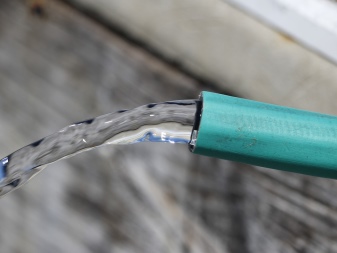







The comment was sent successfully.